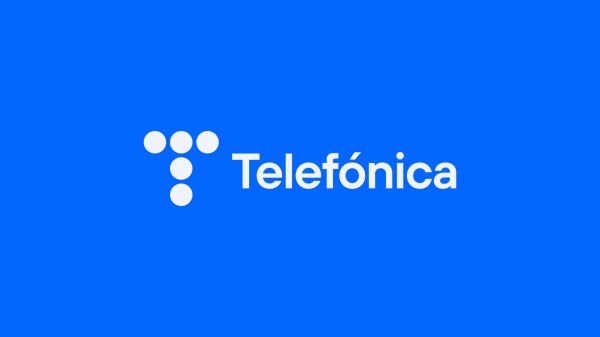Life Cycle Assessment of Connectivity Solutions
Our comprehensive report on the Life Cycle Assessment of Connectivity Solutions provides an in-depth analysis of the environmental impact of our connectivity solutions throughout their life cycle.

Our comprehensive report on the Life Cycle Assessment of Connectivity Solutions provides an in-depth analysis of the environmental impact of our connectivity solutions throughout their life cycle. It covers a range of topics. For example, the meticulous process of data gathering and the environmental impact of both fixed and mobile networks.
We believe that understanding and assessing the life cycle of our solutions is crucial in our journey towards sustainability. This report also shares valuable lessons learned and key takeaways, supplemented by annexes with additional information. We invite you to delve into this document to gain insights into our commitment to sustainable connectivity solutions. Here is a summary of the sections of the report:
Background and context
This life cycle analysis (LCA) has been prepared as part of the implementation of the European Taxonomy for Sustainable activities.
The LCA focuses on the sustainable activity identified by Telefónica within the EU Taxonomy. This Taxonomy is called “8.2 Data-driven solutions for GHG emissions reduction”. The technical screening criteria include the provision of data and analytics enabling GHG emission reductions and the demonstration of substantial life cycle GHG emission savings compared to the best performing alternative solution/technology.
The main objective of the study is to assess the environmental impact/benefit of ICT solutions, specifically connectivity solutions. Telefónica Spain was chosen as the first market for this LCA study. This was due to the presence of all leading network technologies and extensive knowledge in substituting and implementing new technologies. The LCA will not only respond to the Taxonomy TSC but will also reinforce Telefónica’s net-zero decarbonisation commitments and support future decision-making processes to continue reducing GHG emissions.
Scope
This section outlines the boundaries of the study. It focuses on the connectivity solutions provided by Telefónica Spain’s network technologies, comparing legacy and new technologies. The scope of the study is limited to these technologies, and the life cycle assessment is conducted within this defined scope.
The main purpose has been to evaluate environmental impacts and benefits related to the ICT solutions provided by Telefónica.
Life Cycle Impact of Networks
Fixed Networks
This part assesses the life cycle impact of fixed networks, comparing the environmental impact of fibre optic (FTTH) and copper (xDSL) technologies. It provides a detailed analysis of the life cycle impact of these technologies, highlighting the environmental benefits of fibre optic technology.
Mobile Network
This section evaluates the impact of mobile networks, comparing the environmental impact of 2G/3G and 4G/5G technologies. It provides a comprehensive analysis of the life cycle impact of these technologies, emphasizing the environmental benefits of 4G/5G technologies.
Lessons Learned and Takeaways
This section presents the key lessons learned from the life cycle assessment and the main takeaways. It highlights the lower environmental impact of new connectivity solutions and the importance of promoting energy efficiency and renewable energy. It also discusses the challenges encountered during the study and the need for further research and data collection.
In essence, the report provides a comprehensive LCA of Telefónica’s connectivity solutions, offering valuable insights into their environmental impact. It underscores the importance of understanding the life cycle of these solutions in the context of environmental sustainability. Read more in the link above:
Related Content
Communication
Contact our communication department or requests additional material.



